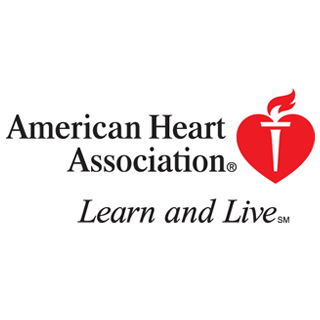
The study comprised 14 patients who suffered an ischemic stroke within the previous one to seven days of the study. Subjects were randomly assigned to receive the non-invasive brain stimulation Transcranial Direct Current Stimulation (tDCS) to the brain regions that control swallowing or ‘sham stimulation.’ Volunteers subjected to sham stimulation were prepped as if they are going to receive tDCS but did not.
Dysphagia generally referred to as difficulty in swallowing seems to be a common and serious stroke complication. It can allegedly pave way for aspiration in which food or foreign matter accidentally enters the lungs causing pneumonia. The non-invasive brain stimulation provided in this study employed a weak electrical current. This is probably transmitted through electrodes placed on the scalp for elevating activity in targeted areas of the brain.
Those who received brain stimulation reportedly increased their ability to swallow by more than 2.5 points on a seven-point swallowing scale than slightly more than one point among patients who were on sham stimulation. An overall improvement in swallowing ability by at least two points in 86 percent of patients receiving stimulation and 43 percent of those who did not was registered. Additional investigations can be triggered to explore effects of stimulation parameters, frequency of stimulation, and timing of the intervention in improving swallowing functions among dysphagic-stroke patients.
The study is published in Stroke: Journal of the American Heart Association.
